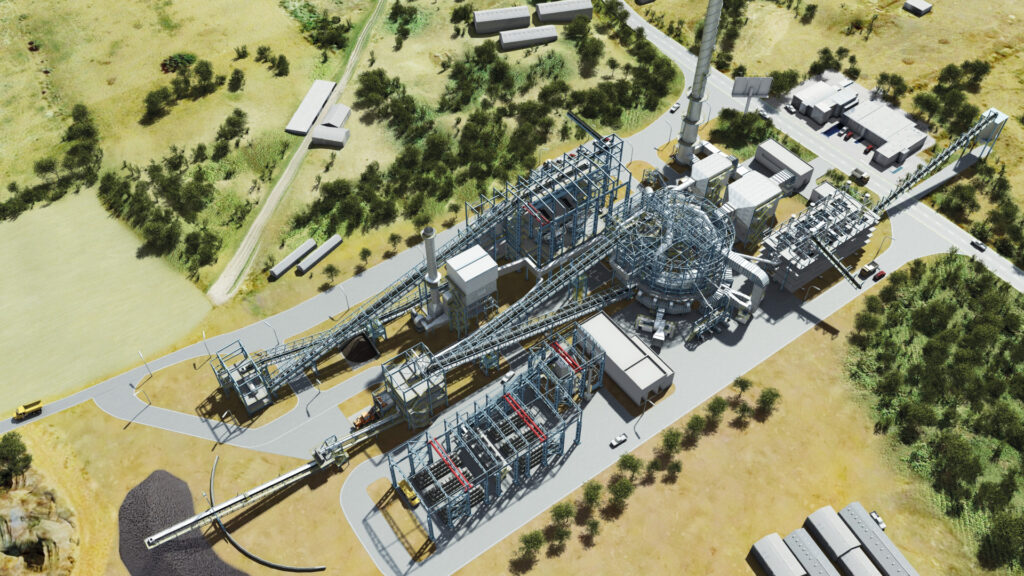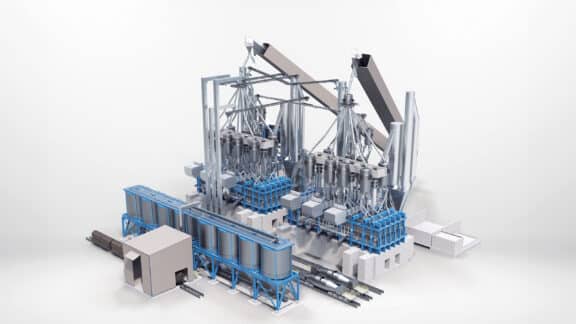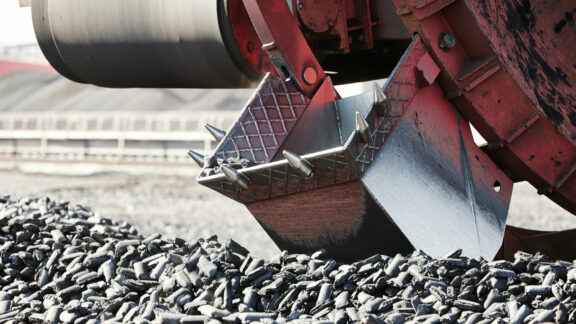Global steel production is rising, and increased demand for iron ore comes with it. Iron ore mineral processing, testing, and agglomeration are essential for steel producers looking to optimize the performance of their steel plants and ensure the quality of their end products. In a word, high-quality steel begins with high-quality ore and high-quality pellets.
From Iron Ore to High-Quality Pellets
Mineral processing and agglomeration enhance raw materials with a primary objective, i.e., to transform a natural product into an ideal one for the ironmaking process. To reach the ideal, producers must consider the types of ores available. When considering the construction of an agglomeration plant, particularly a pelletizing plant, the opportunity to test both the iron ore and pellets is ideal. For Primetals Technologies, this is the first step in pelletizing plant design. Everything starts with iron ore.
Primetals Technologies partners with institutions and labs worldwide to test iron ore and provides testing facilities for pellets in Leoben, Austria. However, analysis of the iron ore is essential before delving deeper into pellet tests. Taking advantage of local and global infrastructures and expertise, regional labs and testing facilities worldwide offer direct insight into the specific characteristics of various types of iron ore and the steps necessary to form high-quality, high-grade pellets. For example, in Austria, testing labs and university partners, e.g., the University of Leoben, bring their highly specialized testing capabilities to the process. Ores easily shipped to Europe are tested for the beneficiation process before sending quantities required for scalable tests to be performed with an innovative pellet pot.
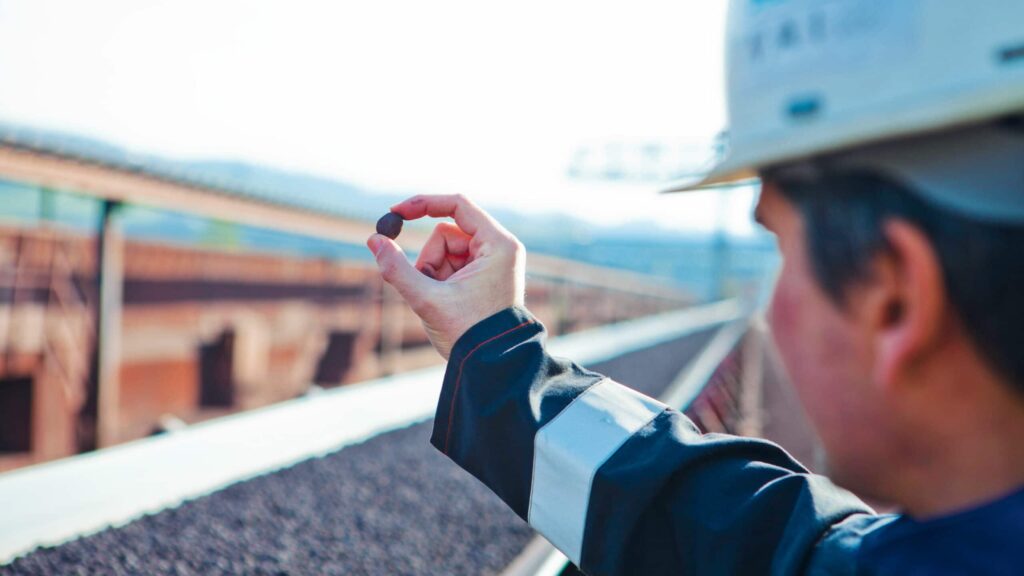
The Perfect Pellet
Pelletizing and agglomeration are essential aspects of steel production, allowing producers to optimize yield by reaching the appropriate iron levels. Today, pellets are utilized worldwide in various ironmaking processes; for example, pelletizing is often an essential aspect of direct reduction. In some cases, pellets also make up part of the mix charged to blast furnaces. Additionally, with an increased focus on the production of “green steel,” global demand for direct reduction plants, and an increase in direct reduction plants in the form of 150 new projects until 2050, an increased global capacity for high-quality pellets is also on the horizon. While pelletizing may appear relatively straightforward, several factors impact the quality of the pellets themselves, including chemical composition, size distribution, cold crushing strength, low-temperature reduction-disintegration, reducibility, swelling, and softening and melting properties.
Most importantly, these factors should be determined via sample tests, precisely the methodology that Primetals Technologies applies. To create the ideal pellet for end use in the production of liquid hot metal, steel producers submit their iron ore for testing. Based on the mineral processing tests from qualified regional and international labs, pellet tests proceed in Leoben, Austria, at the world’s most technically advanced pellet testing facility.
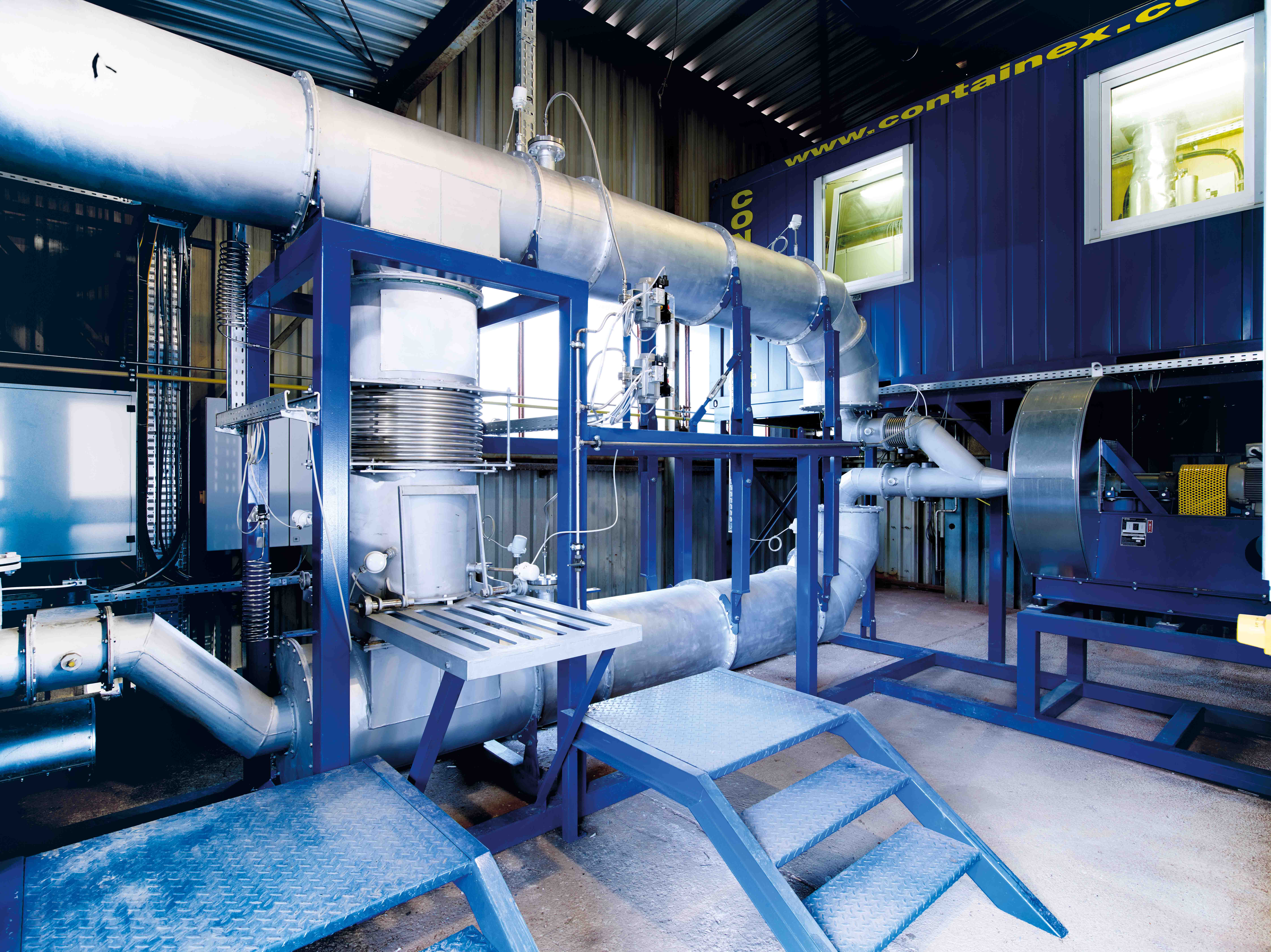
In operation since 2014, the pellet pot testing facility functions essentially like a miniature pelletizing plant, all the while measuring and assessing the ore quality, production conditions, production requirements, and emissions. Much like the pelletizing process, the pellet pot assesses the agglomeration of green pellets, the drying of green pellets, the firing of green pellets to obtain fired pellets, and the cooling of fired pellets. These tests are integral to the design process, as they simulate the actual conditions for pellet production that can be applied at scale. The pellet pot also supports the evaluation of at what point the sulfur burnout begins and provides insights into the emission levels of sulfur oxides. The test runs in the pellet pot allow producers to consider their investment and its feasibility in producing a pellet for end use in the blast furnace, direct reduction plant, and even a smelter.
Digital Analysis for Improved Plants
Beyond analogue tests at scale, the data retrieved from these tests play an essential role in the simulation and proposed design of a pelletizing plant. The empirical data from the pellet pot tests are placed into process simulation models that allow a digital version of the pelletizing plant to assess the viability of different pellet qualities, including the blast furnace and direct reduction grades in one plant. These tests can also contribute to the improvement of existing beneficiation and agglomeration plants.
Test Case 1
In one case, a Kazakh iron producer planned to optimize their plant. Testing the iron ore and pellets at the testing facilities in Austria, several upgrades were suggested regarding the beneficiation process. These improvements included an advanced slurry handling and ore-treatment procedure, a more effective dewatering and filter system, and an innovative binding agent reducing the required additives. After hearing the suggestions from Primetals Technologies and determining which upgrades were the most feasible, the iron producer was able to create iron ore pellets with concentration levels of 69.17 percent and 66.5 percent, respectively.
Test Case 2
In another instance, an Indian producer with access to a challenging magnetite ore with high sulfur content sought an ideal ore-processing route for iron ore pellets. During induration trials of the pellet pot tests, two different sulfur compounds were identified and were combustible at different temperatures in the pellet bed. The high SO2 load in the off-gas directed Primetals Technologies toward a solution that combined thermal pre-treatment during early beneficiation for “low-temperature” sulfur and a tailor-made process-gas routing for a circular traveling grate induration machine for “high-temperature” sulfur in a downstream desulfurization plant.
Test Case 3
Once more, another study of Egyptian iron ore for the production of DRI-grade pellets identified that the iron ore from the region would be unsuitable for direct reduction. After recognizing the necessity of beneficiation following initial physical, chemical, and mineralogical analyses, the final concentrations recorded less than 58 percent. Additionally, given the concentrations of trace elements, such as phosphorous and manganese, the sole use of local iron ore would, in effect, be detrimental to the iron and steelmaking process, which demand higher concentrations of iron ore.
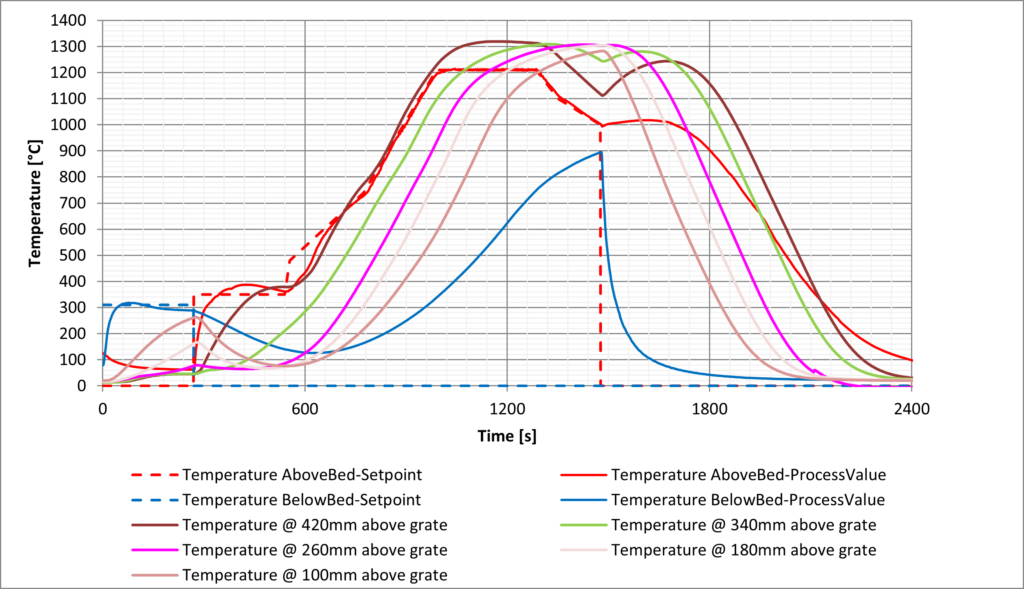
These improvements and recommendations reflect the benefits of the approach of Primetals Technologies, beginning with an intimate understanding of the raw materials and their behaviour in the pellet pot tests and concluding with the appropriate actions and recommendations for the iron producer. Upon reaching the design phase, the data from the induration process in the pellet pot allows for mass balances and flow sheets to size equipment and peripheral plants for the producer.
High-Quality Pellets via Advanced Testing
With environmentally friendly solutions for steel producers gaining traction, pelletizing will remain a crucial part of green steel production in the future. Low emissions and an optimized pelletizing plant, yielding high-quality pellets for application in direct reduction plants, will be key for sustainable steel production. However, intricate knowledge of the run-of-mine materials and how to achieve high-quality pellets is essential to produce a plant such as this.
